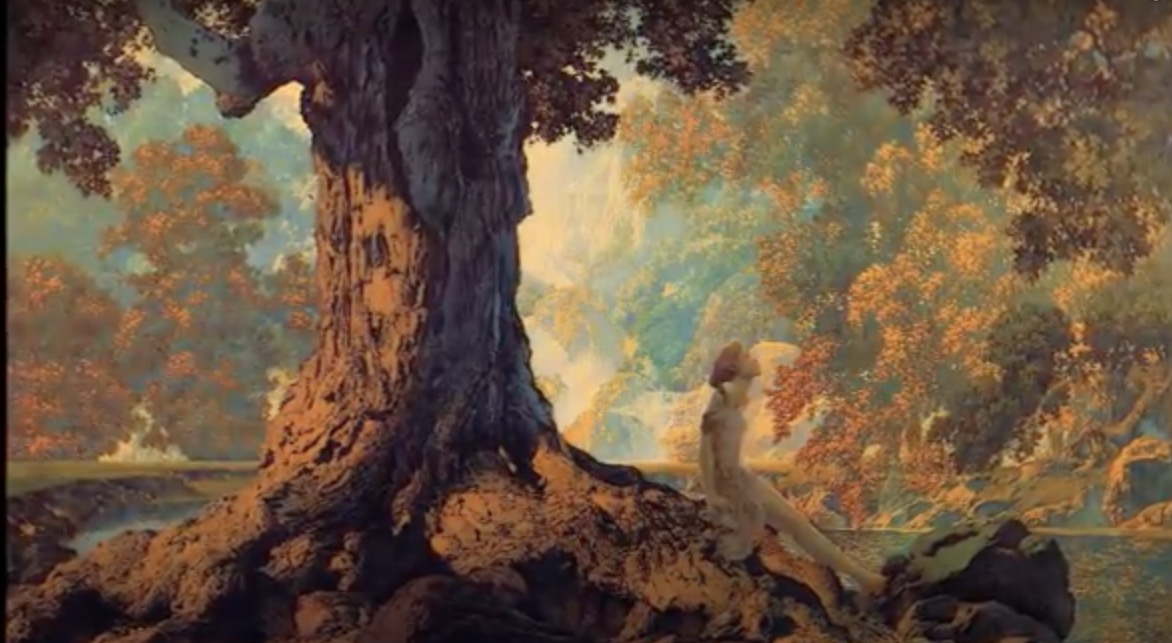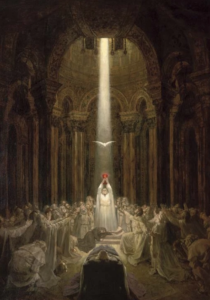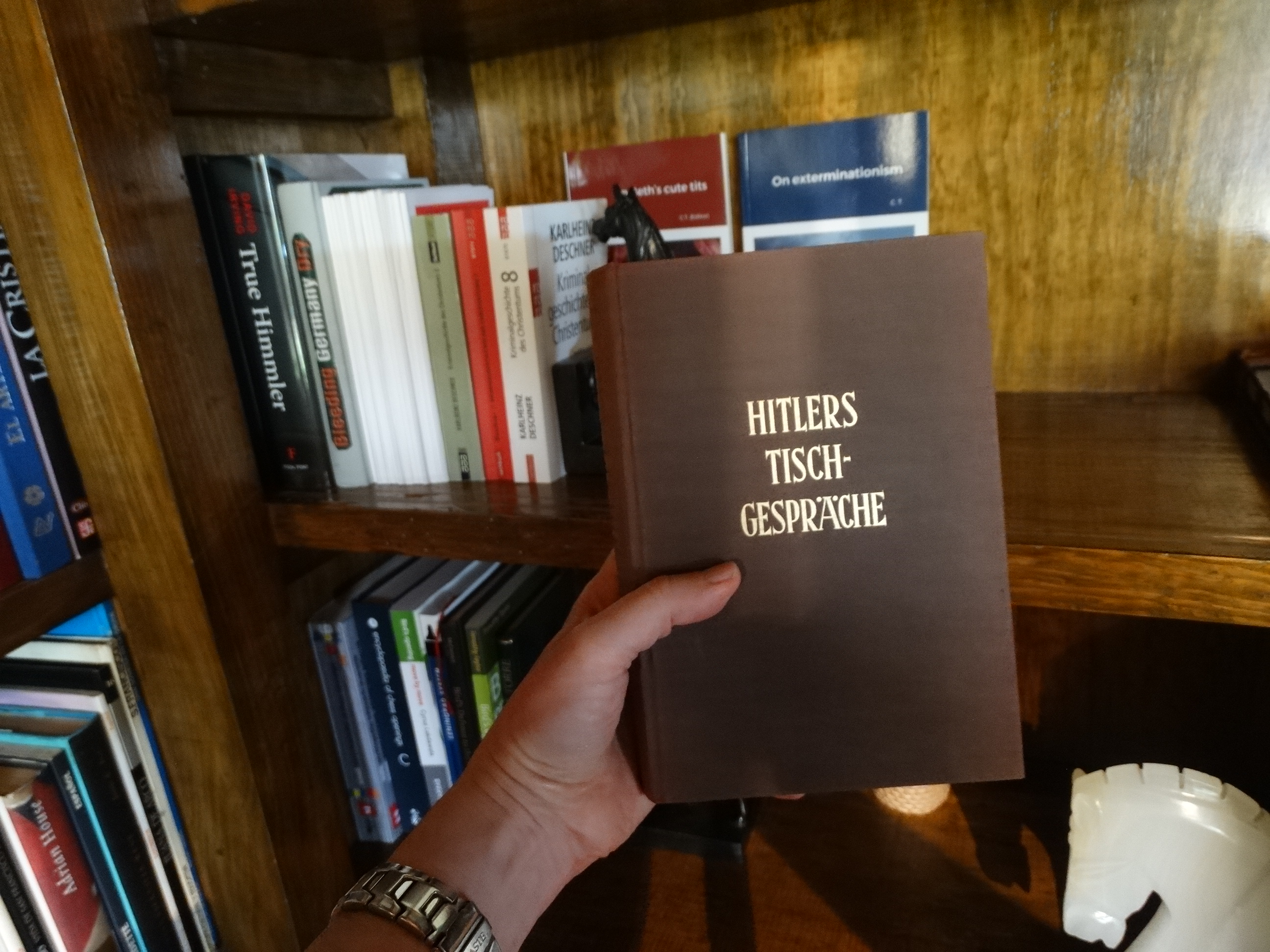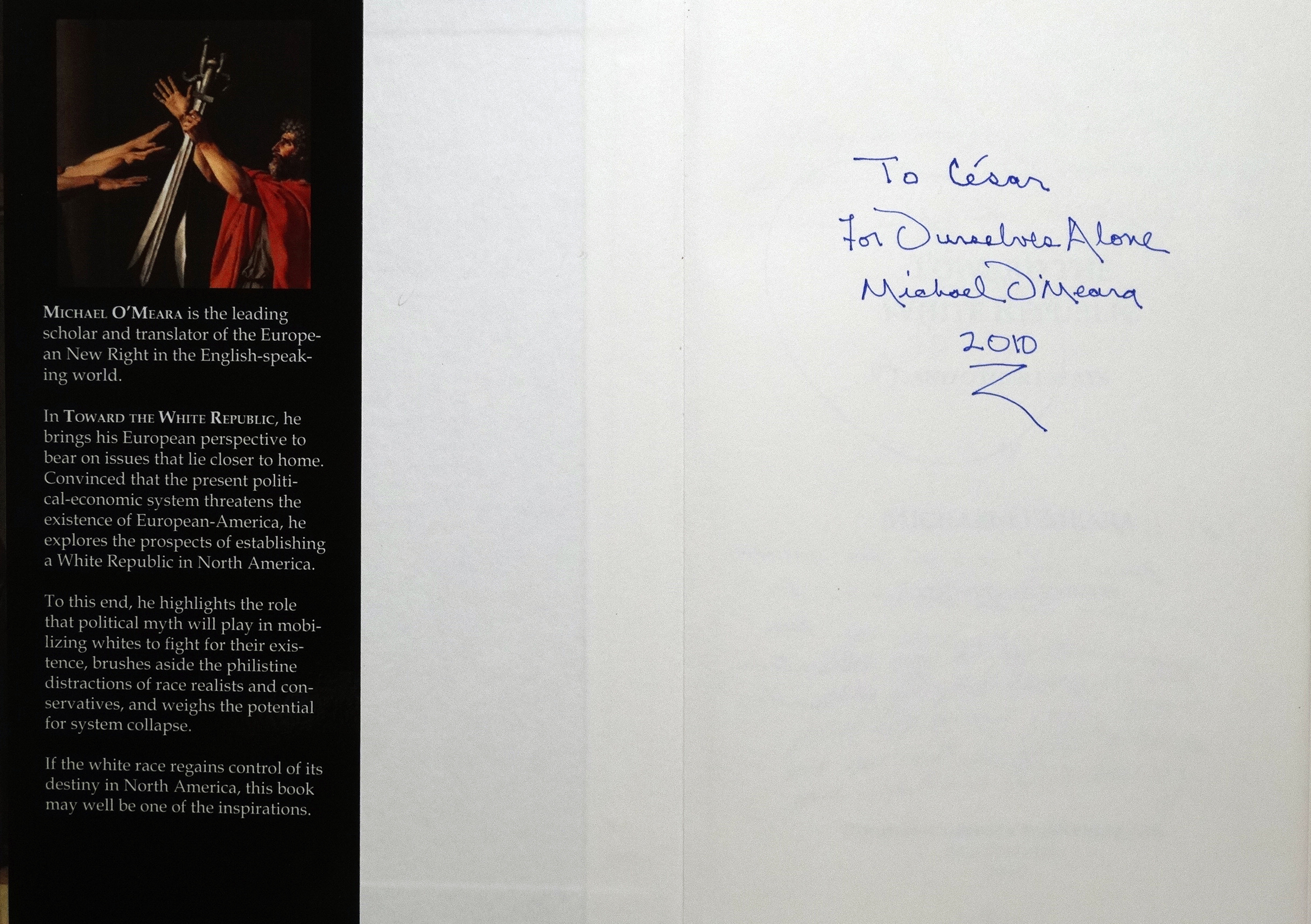There seems to be in this, on the part of the young Adolf, a deliberate refusal of sexual life, not, of course, for vain ‘mortification of the flesh’ but with a view to the use of the ‘sacred flame of life’ in the conquest of the higher states of his being and, finally, in the conquest of realisation, of the experience of the unthinkable beyond the being and non-being of Dante’s ‘supreme heaven’; the One of Plotinus; the Brahman of the Sanskrit Scriptures.
The revolution he was already meditating on could only come ‘from above’, for it was a true, the only true revolution: the overthrow of anthropocentric values that are nothing but the product of the laughable vanity of fallen man. He knew this. And such, no doubt, more than one knight aspiring to ‘God’, that is to say to the knowledge of the supreme principle, resisting more easily the temptations of the senses by evoking the idealised image of his ‘Lady’ just as Dante was accompanied during two-thirds of his ascent to the successive paradises by the radiant Beatrice: whom he had only glimpsed twice on the material plane, without ever having spoken to her. So Adolf Hitler, we believe, climbed the first rungs of spiritual development beyond the stage he could have reached without her, accompanied inwardly by the blonde Stephanie. He saw in her some of the great female figures of Wagnerian drama: ‘the German woman par excellence’, the living Germany. It was only natural that she should embody for him in human form the suggestive power—the symbolic eloquence—of both the music of the Master of Bayreuth and the immemorial Swastika.
For the initiation of the future Führer into the most universal truths was to take place under the sign of Germania, to whose particular tradition he was to become increasingly attached to identify himself. For he was both the sleeping emperor, suddenly emerging from his cave at the call of his people’s despair, and Siegfried, the warrior ‘freer than the Gods’, creator of a world of overmen: the Germanic form of He-who-returns from age to age.
It is remarkable that, ‘in full possession of himself’ [1] he had, already at the time in question, the position he was to take later in Mein Kampf concerning all the social problems raised by sex. He felt the same repulsion for venal love (even if legalized), as well as for all manner of unhealthy eroticism; the same respect for the ‘sacred flame of life’—a divine force, the source of racial immortality, which should not be diverted from its purpose for the sole pleasure of the individual, but should be put to the service of the race.
______ 卐 ______
Editor’s note: There is no point in continuing dropping names. But I’ve read a recent article in one of the most visited forums of the racial right in which the editor mocked the incels because they are incapable of ‘getting laid’. While I am repulsed by this movement of frustrated males insofar as they have no revolutionary ideology (merely a reactionary one), it doesn’t seem to enter the little heads of the apologists of feminism that we healthy males don’t want ‘getting laid’ but traditional wives.
______ 卐 ______
It is remarkable that in all that concerned the sexual field in general, as in other fields, he was already placing himself, for others, in the view of the legislator (while for himself only the knowledge and the power connected with it counted: the preparation for the extraordinary role he was to play in history). Amid the great corrupt city he surrounded himself, Kubizek tells us, ‘with a screen of unshakable principles, which allowed him to build his life…’ —I would say, his being— ‘in complete inner freedom, independent of the threatening atmosphere’.[2] One thinks, when reading these words, of the ‘magic circle’ which surrounds and protects the man who has reached a certain level of initiatory realisation, and helps him to continue his development in a true (although not apparent) isolation.
How long did this isolation and ‘severe monastic asceticism’[3] of which Kubizek speaks, last for Adolf Hitler? Probably until he had reached the supreme degree of knowledge: the state where he was finally fully aware not only that he was (like the tribune Rienzi) ‘entrusted with a mission’ to the people, but that he had chosen this task and decided to ‘take on human form’ in the visible world to carry it out, even if it were to end in total failure, because it was nevertheless inscribed in the eternal order of things. At this stage, the final, irreversible mutation which corresponds to initiation into the ‘great mysteries’, having been carried out, any asceticism became superfluous like the vessel whose exile, brought back to port at last, has no further use.
___________
[1] Kubizek, page 276.
[2] Ibid., page 286.
[3] Ibid.








